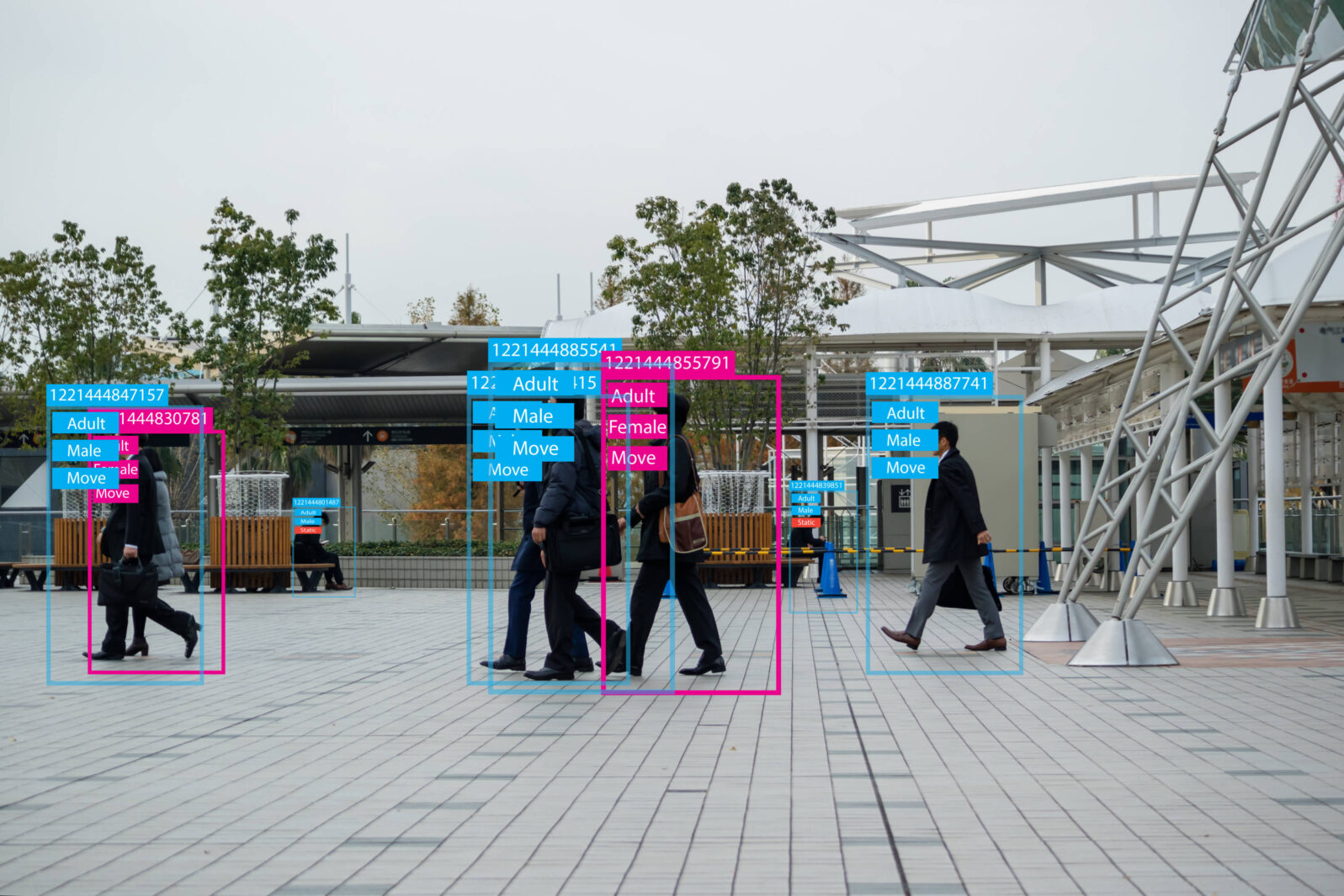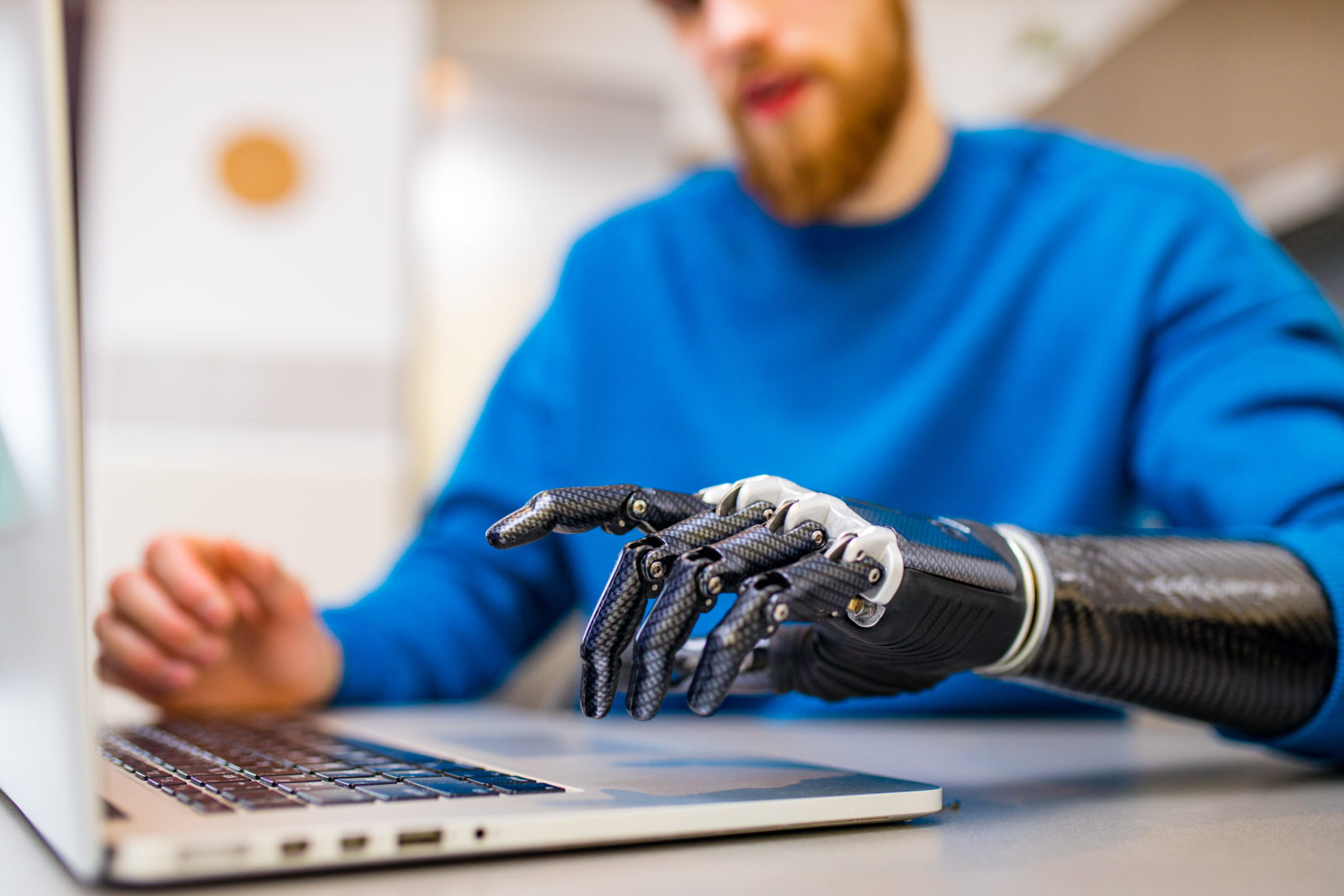Will Humans Ever Be Fully Replaceable by AI? Part 3
Data outlines what can be quantified but does not show the comparison between AI and human performance at the most important pointsTo get the right answer to the question of whether artificial intelligence will ever become capable of replacing man we must get the ontology, epistemology, and metrology right.
Ontology seeks to understand the essential nature of things and the relationships between different things. Epistemology looks at what we can know and how accurately we can know what is knowable. Finally, metrology explores how we make measurements and comparisons. To get the right answer we must measure the right things (ontology), select what we will measure (epistemology), and determine how we make our measurements and comparisons with accuracy, precision, and repeatability (metrology). Mistakes in any of these areas will lead to a bad outcome.
A common mistake is to measure what we know how to measure but it turns out to be the wrong thing. That results in a small mountain of data that is irrelevant to the question at hand. We need the best information we can get on the central issue for the question at hand.
In the first article in this series, I concluded that the physical universe includes more than the four dimensions of space plus time. String theory concludes that to explain all that we observed in the physical universe requires either 10 or 11 dimensions. However, intelligence and the difference forms of intelligence do not exist in the physical universe. It is not possible to locate deductive or inductive reasoning by GPS coordinates plus time. There are a variety of taxonomies for thought. Some sources can identify 10, 20, or even 40 distinct types of thought. All of these thinking patterns exist outside the physical universe, however. We have neither sensory organs nor instruments that can directly observe them so we must satisfy ourselves with measuring their effects in the four dimensions we can observe.
In the second article in this series, I concluded that man exists in more than four dimensions. Man’s intelligence exists outside the physical universe. Similarly, man’s attributes and character qualities exist outside the physical universe. Further, man is a social being and his relationships and social interactions exist outside the physical universe.
I further proposed that man may well have a spiritual dimension to his existence. Many believe that man has a spirit that continues on after death. Further, it is possible that man may well have both a dependent and independent aspect to his nature. Like a statue, man exists independent from the original model. However, like a mirror, man, at his best, may be a reflector and translator from one dimension to another.
It may well be that the best of humanity have a way or translating absolute truth, beauty, and love from the dimension in which they exist into the four dimensions of our existence. For those agnostic about God, the possibility could be stated in this way: The best of humanity seem to be able to connect with absolute truth, beauty, and love and translate them into the world we live in. Raising the possibility does not prove it; it remains a possibility to be considered. I think we would all agree that there is something that stands out about the most outstanding people who ever lived. To make a comparison between these people and AI, we must know what is different about the very best among us and what we can know about their most outstanding qualities.
To answer the question of whether artificial intelligence can ever fully exceed and therefore replace mankind, we should compare the best-in-class. On the human side, we want to consider what distinguishes the absolute best human beings. What makes Jesus, Confucius, Socrates, Einstein, Newton, Lincoln stand out? I would argue it is their character and their relationship. We can think of:
- Lincoln and his cabinet
- King Arthur and the knights of the round table
- Lewis and Clark and the Corps of Discovery
- The founding fathers, the Declaration of Independence, and the Constitution
The common threads are character and connection of character to a network of relationships. The combination produces an impact greater than what any individual can achieve. Humanity has the ability to self-organize to pursue purposes far greater than any single individual can achieve.
If it is true that the very best of humanity is distinguished by its character and the expression of that character in relationships, through a team, collaboration, or society, how might we measure them? We are now transitioning from what we can know, epistemology, to how we measure, metrology.
Can We Measure Character?
Some have argued that it is not possible to measure character. Often, they mean that it is not possible to quantify it. However, we routinely measure character. We all believe we can distinguish a person of outstanding character from a person of bad character. To navigate our daily lives, we routinely make these measurements and take action based on our evaluation. I hope none of us judges telephone scammers to be of good character. Most of us quickly identify these people as liars and cheats. We end the conversation with them very quickly.
Some schools, notably military academies and seminaries, seek to develop people of strong character. It is central to military academies that graduates be of strong character. Similarly, seminaries aspire to graduate people with the strength of character required for ministry. Such organizations propose that they know how to evaluate character and, beyond that, to guide its formation. I think their history shows that, while far from perfect, these organizations succeed in developing character. An essential part of developing character is knowing how to evaluate it. We must conclude that evaluating character is possible, although quantifying it may be impossible.
At this point some might argue that if it is not possible to quantify something it is not possible to measure it. That belief would seem to give primacy to quantitative research methods. However, there are well-recognized qualitative research methods as well. Grounded truth theory, used widely in civil engineering, nursing, and social work, is but one example. Some may prefer quantitative research methods, which is fine, but preference is not a solid basis for primacy.
In one of the areas in which I have worked in extensively, spectrum research, quantitative methods have long been shown to have limited value.
Over time I have gathered over seven terabytes of spectrum data on medical facilities. I have quantified that spectrum data in a number of ways. However, when a new generation of mobile devices comes along, as is currently happening with 5G mobile communications, all those data become meaningless. There is no way to apply data taken when 1G/2G/3G/4G devices were being used to 5G without a careful comparison of what is changing between these generations. Thus, a qualitative analysis must be done before a quantitative analysis can make any sense.
Some of the factors operate in other dimensions as well. For example, one of the big differences between 1G, analog communication and 2G, digital communication was that the price of service came down significantly so that many more people started using mobile phones for the first time. Hence, a difference in the economic dimension resulted in a dramatic change in spectrum utilization. A similar change is apparently occurring between 4G and 5G as sensors and the Internet-of-Things gain momentum. The number of communication devices is increasing by orders of magnitude. This increase is driven by new use cases being enabled and becoming popular. It is possible to measure the differences in spectrum utilization quantitatively but doing that requires waiting until 5G devices are widely deployed. By then many opportunities for corrective action will no longer be possible. However, using qualitative methods, we can extrapolate from what we know to what future spectrum utilization might become, gaining insight while there is time to mitigate undesired impacts.

Coming back to our question regarding AI, we are similarly using qualitative extrapolation to predict a possible future. Nobody that I am aware of is arguing that the current generation of AI can fully replace humans. We are extrapolating from what we see today, and the directions research is taking to predict possible futures. We should be honest that our current metrology for comparing AI to human performance is fundamentally qualitative and not quantitative. However, there is a lot of quantitative data offered up. All of that data essentially outlines what can be quantified but does not show the comparison between AI and human performance at the most important points. This is why it is so important to start with ontology and epistemology. We don’t what to be mislead by focusing on what is easily quantified and measured. We do want to focus on those parameters that are most important for our question.
The argument presented in this article is that the best humans are identified by their character and ability to create relationships with others to achieve objectives greater than any one individual can achieve. It has been suggested that a central aspect of great character may be an unusual ability to translate from a spiritual dimension into the universe we can observe. The best of us bring truth, love and beauty into our world in remarkable ways. To compare the best of humanity to the best of AI should therefore be done based on the same parameters. How does the character of AI compare to the character of the best of mankind? How well can AI self-organize to achieve larger purposes?
Turning from ontology to epistemology, we conclude that we can only know about the character and relationships of others by their expression in the universe we have access to. This raises the potential for deception. Some may mimic the actions of strong character without having strong character. It is not enough to see certain actions and then conclude that the actor has strong character. We must eliminate the possibility of deception.
Our ability to measure character and the quality of self-organizing units is limited, at best. There is a great temptation to measure what is quantifiable and easily measured. A great deal of research does this and it is often rewarded by the scientific community. However, taking a lot of data that misses the most important measurands (things to be measured) is a fool’s errand. It is important to first determine the central measurands that identify the best of humanity, then measure and compare those to AI. With this approach we can conclude that AI does not now and probably will never surpass human potential in these key areas.

If AI will never replace the best of humanity, why are so many people excited about it? The answer quite obviously is that AI has a lot of power and almost certainly will continue to amaze us with what it can do, as very bright people continue to develop it. Perhaps we should change the question to, “How might AI be developed to best contribute to human thriving?” “How might AI support the development of more people like those we honor as being the best people?”
AI has replaced people in some occupations and almost certainly more jobs will be done by AI in the future. Taking a person’s place on a job does not mean that the person has been replaced, only that the skills required for a job may now be better done by machine. In the next article we want to focus on this question of how AI might best be developed to contribute to human thriving while being honest about the transitional problems and potential negative impacts AI could have on individuals and society.
Here are the first two articles in this series:
Will humans ever be fully replaceable by AI? Part 1 We must first determine, what is a person and what is the nature of the universe in which a person can exist?
and
Will humans ever be fully replaceable by AI? Part 2 Particles and energy can be translated into each other. Might man also be a type of duality, with a natural and a spiritual reality?
